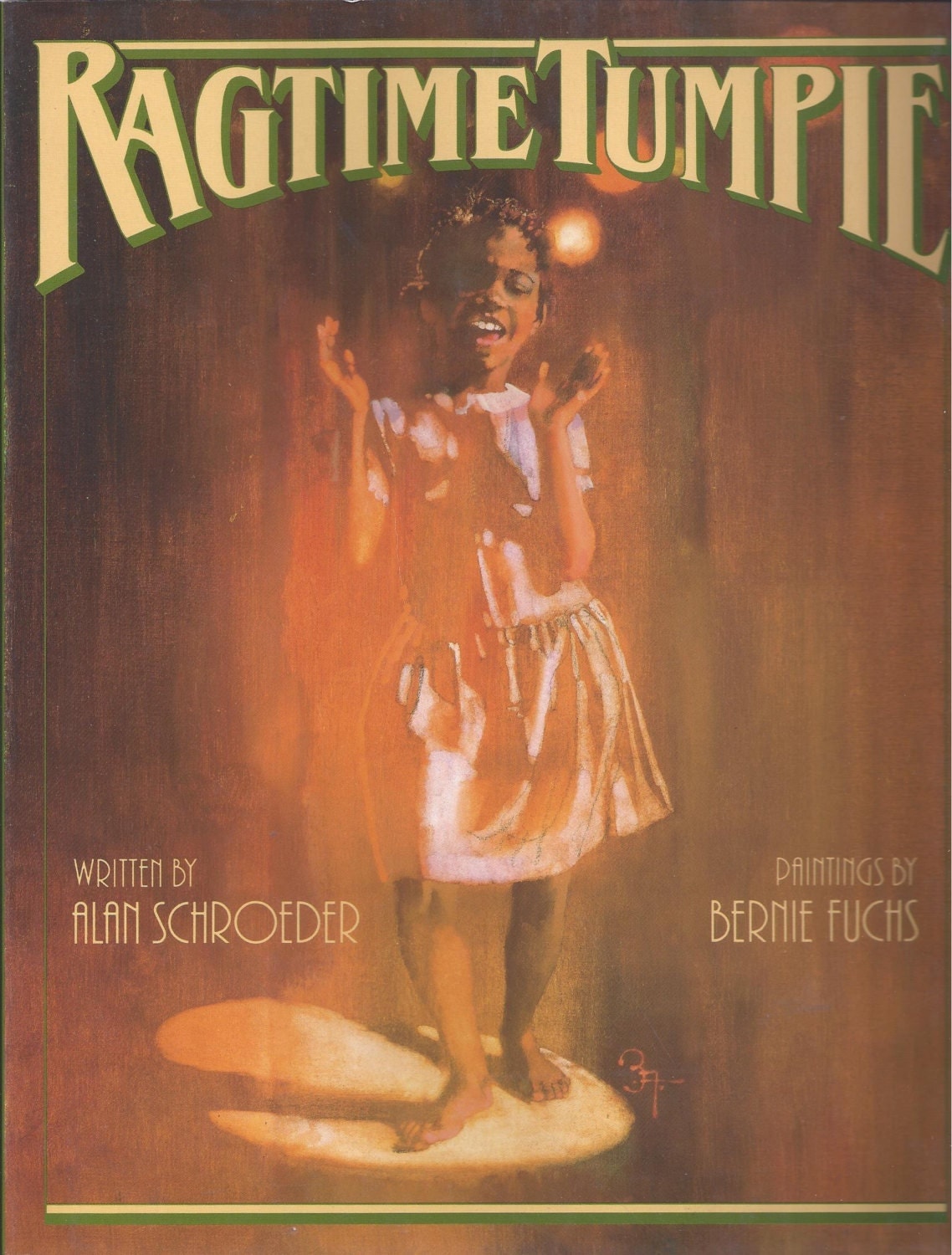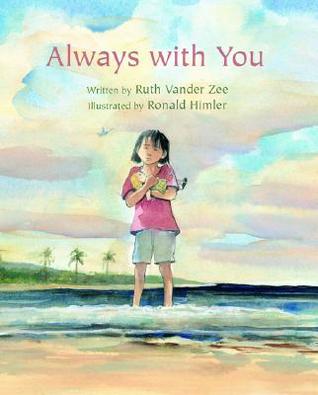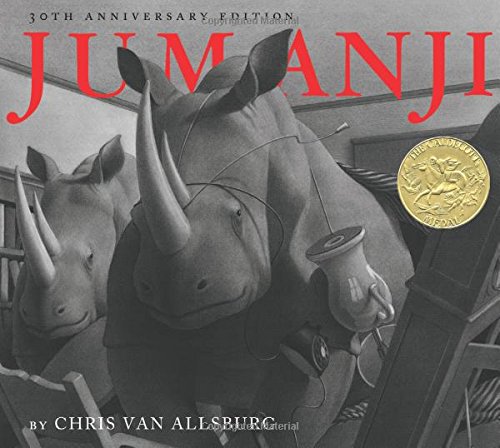The Prince Who Was Just Himself
by: Silke Schnee
Second Grade

- APA Citation: Schnee, S., Sistig, H., & Albertz, E. (2015). The Prince Who Was Just Himself. Walden, NY: Plough Publishing House.
- Description: "The royal couple is looking forward to their third child. “He looks a little different,” muses the king at Prince Noah’s arrival. “He is not like the others,” agrees the queen. Soon they notice what a very special person he is, even though he can’t do everything his brothers can.
When the youngest prince disarms the cruel knight Scarface, the nation’s most dreaded enemy, with an act of compassion, everyone finally realizes how good it is that each person is unique.
This delightfully illustrated fairy tale for children three years and older instills appreciation for children with Down syndrome and other developmental challenges, making it a valuable aid for teaching tolerance in the home or classroom." Retrieved from Amazon.com on November 29, 2017: https://www.amazon.com/Prince-Just-Himself-Noah-Book/dp/0874866820.
- Age/Grade Level: 3-9 years old; Grades 1-2.
- Justification: This book is another example that celebrates uniqueness, and the importance of being kind to one another. Just because someone may be different from you, does not mean that they are any less deserving of kindness and compassion. Students would read this book aloud in small groups, demonstrating CCSS.ELA-Literacy.RF.2.4.B Read grade-level text orally with accuracy, appropriate rate, and expression on successive readings. Then, the whole class will participate in a discussion and reflection time based on what we have just read, demonstrating CCSS.ELA-Literacy.SL.2.1.A Follow agreed-upon rules for discussions, CCSS.ELA-Literacy.SL.2.1.B Build on others' talk in conversations by linking their comments to the remarks of others, and CCSS.ELA-Literacy.SL.2.2 Recount of describe key ideas or details from a text read aloud or information presented orally or through other media. (English Language Arts Standards >> Speaking & Listening >> Grade 2, Retrieved from Common Core State Standard Initiatives on November 29, 2017: http://www.corestandards.org/ELA-Literacy/SL/2/.)
- Keywords: Special Needs, Friendship, Kindness, Love
- Review: "A gentle fairy tale about a young prince with Down syndrome who saves his kingdom from a menacing knight.This rather lengthy picture book, first published in Germany, begins with the introduction of the king and queen and their two soccer-playing sons. A third child is born to the family, a son named Noah who “looks a little different.” He is portrayed in cheerful illustrations as a happy child with tilted eyes who moves slowly and seldom speaks, though Down syndrome is not specifically mentioned within the story. While many residents of the kingdom look at Noah in a quizzical or critical way, the family accepts and loves Noah as he is, calling him “the Prince Who Was Just Himself.” When the kingdom is threatened by a knight named Scarface, Prince Noah disarms the invader with an empathetic question and a hug. Though the story is somewhat melodramatic and just a little too sweet, it offers a special needs child in a positive, starring role and can be read simply as a satisfying fairy tale or as a beginning introduction to Down syndrome.
The author, herself the mother of a child with Down syndrome, and the illustrator ably introduce a difficult subject in a fictional context with a light, sure touch. (author’s note) (Picture book. 4-8)"
- Citation: Retrieved from Kirkus Reviews on November 29, 2017: https://www.kirkusreviews.com/book-reviews/silke-schnee/the-prince-who-was-just-himself/.
- Awards: Independent Publisher Book Award for Children's Picture Books 2016










